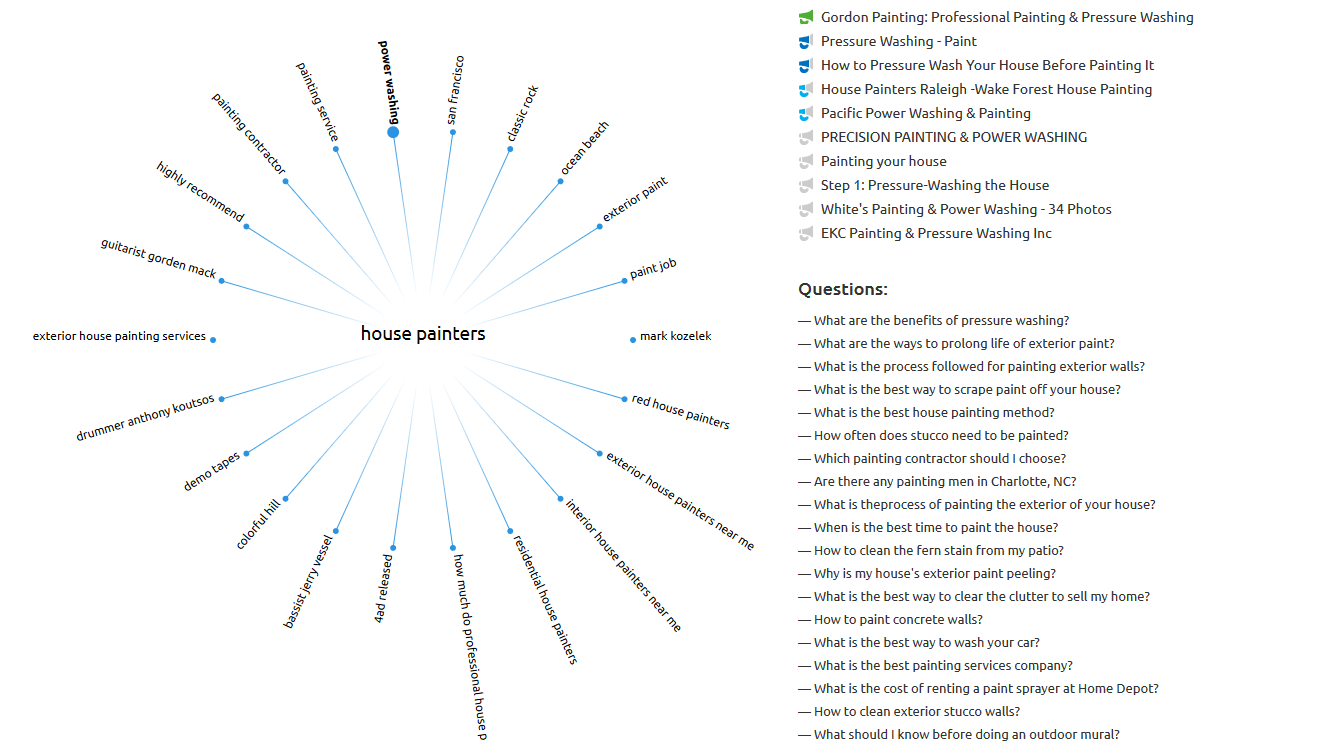On-Page SEO for Local Sites: Are You Structured Properly?

Properly optimizing your local business website can not only allow you to rank more quickly, it can also enable you to rank for multiple variations of your most important keywords.
A proper on page setup for local SEO goes beyond the page title and mentioning your city on the page. If you are confident in the basics of your website, here are some more advanced steps you should take to continue your on-page optimization.
Your home page serves two main purposes in local SEO - to establish you as a legitimate brand and to establish the primary service your business offers, much the same purpose as in organic SEO. The "keyword" for your home page is generally the primary category you chose when setting up your GMB listing.
If you are a painting company, your home page title would be something like: "City Painting Services | Your Brand Name"
Building Supporting Local Content
When it comes to internal pages you will also leverage GMB categories.
To begin building out your internal pages, you first need to identify which of the services you offer have a GMB category of their own.
For example, if you are a painting company, the first internal page you will build out is yoursite.com/painter because "painter" is the main GMB category. This will be the same keyword used on the home page, but, the home page should have a brand focus whereas this page will focus on the service.
Once that page is setup, and the category is part of the URL, the next step is to build out supporting content on the page. To do this, you should be looking for supporting sub-topics of the main category.
Using the "painter" example again, you should next create your heading tags. Here are some example terms that should appear in H2 sub-headings on this page:
- City + house painters
- Commercial painters + city
- Exterior home painting + city
- Cabinet refinishing + city
- Deck painting
- Fence Painting
Up until now, you will have established a few things. First, Google will see you are a brand and what your overall service category is. Second, your have re-enforced your primary category by creating an internal page with the category in the URL structure. Third, you have now setup sub-headings on your main page that tells users and Google about the specific types of painting services that you offer.
What's Next?
Now that you have setup the outline for your page, you will need to fill in the supporting content. To do this, the SEMrush topic research tool works great, if you don't use SEMrush, you can also go to Google and search each sub-heading, then record a list of related searches and the autocomplete suggestions for those headings as well. Here is what it will look like if you do use SEMrush:

Above, this tool helps us uncover two important pieces of information. First, on the left side, you will see a mind map, showing some related ideas. One such example in this case is "pressure washing". Since painters often must pressure wash the exterior of a home before painting it, many painters also offer pressure washing services. This would make a good general theme for another page on the site.
Specific to the current page though, the list of questions can be used to create filler content. One question people ask about exterior painting is "how much does exterior painting cost?" Your answer to this could be used as a bullet point list item under the exterior painting heading or as the topic of a paragraph under the same heading. Repeat this process until you have filled in each subheading on your page.
Setting Up Your Silos
The goal of the H2 headings and the content beneath them is not to create the most extensive guide on the internet, it is simply to define to users and Google what specific painting services you offer. In addition, it serves as the foundation for building out supporting pages.
Let's say on the main painting page you used these H2 headings:
- Kitchen Cabinet Refinishing
- Deck Pressure Washing and Paint Restoration
Your next step would be to create a page specific to your cabinet refinishing service. Your main painting page would then link out to the cabinet specific page on your site as a resource for further learning and the cabinet page would link back to the main painting pages, alluding to the other services a person often requests from a painting company.
The "Deck Pressure Washing and Paint Restoration" example would link out to two pages. First, if you offer restorative painting or refinishing, a page about that specific service should be linked below this heading, just as in the above example.
Next, if you offer pressure washing and you have created a service page specific to pressure washing, you should also link to that page. Even better, if you have setup a pressure washing page with subheadings such as "deck pressure washing", which you built out a specific page on, linking to yoursite.com/deck-pressure-washing-restoration would be the best move.
Getting Started
The concept discussed here today is not a new one, but it is an effective one. Understanding how to structure your site for local SEO starting at the home page and working your way to 3rd level supporting pages can give you a significant advantage over sites without a clear structure. In addition to ranking more quickly, you will also start to notice rankings for a lot of related keywords in maps when using this approach.
If you aren't sure where to start, grab a pen and paper and write down the main service you offer. After that, write down main 3-5 specific services customers request from you. Next, write down 3 questions you here about each of those services regularly. Even though this isn't a perfect approach, it may be exactly what you need to get the ball rolling. SEO isn't about being perfect, it is about being better than your competitors so don't let the fear of imperfection keep you from getting started today.









